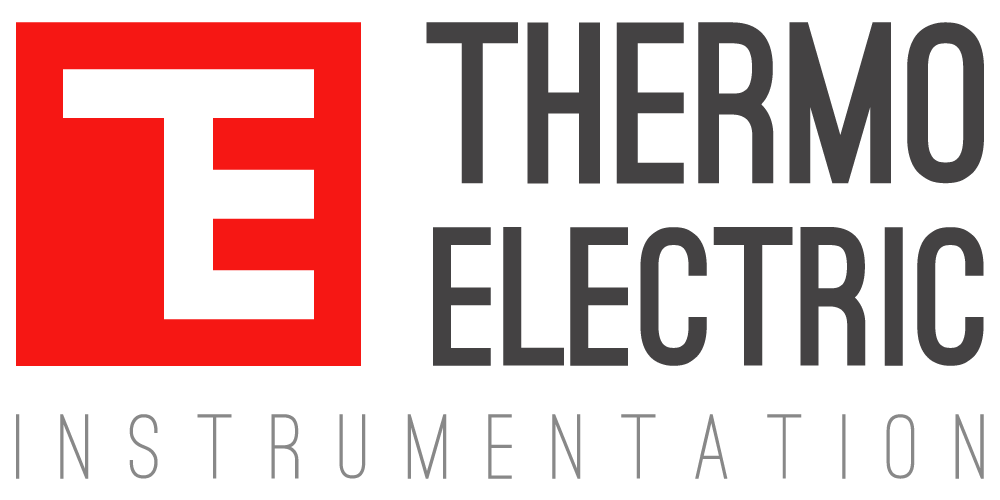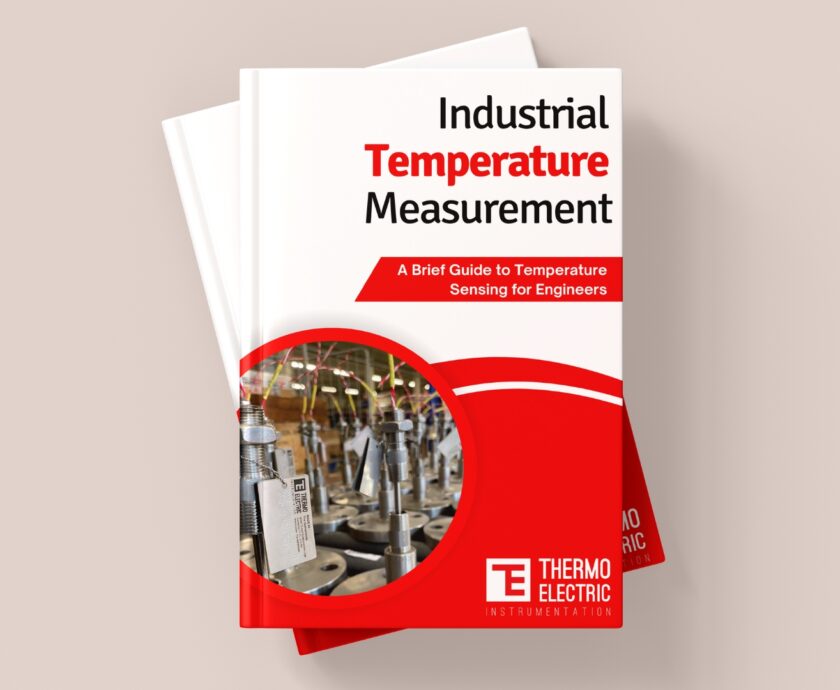Accurate temperature measurement drives product quality, energy efficiency, and plant safety. Thermocouples are among the most versatile sensors for this task, but choosing the right design demands more than picking a letter-code from a catalogue. This guide explains how to match thermocouple construction, materials, and mounting to real-world process conditions.
1. Thermocouple Fundamentals
A thermocouple is a closed circuit of two dissimilar conductors joined at the hot junction. When this junction is at a different temperature from the cold (reference) junction, a thermoelectric voltage is generated in proportion to the temperature difference. The control system measures that voltage and, with cold-junction compensation, converts it to process temperature.
The hot junction must be electrically continuous, mechanically robust, and free from contamination by brazing or welding materials. Common joining methods include bead-welding, butt-welding, brazing, or resistance welding.
2. Choosing the Thermocouple Type
ISA letter designations (adopted in ANSI MC-96.1) define standard metal combinations. Key considerations are:
Type | Material Pair | Typical Range | Strengths |
J | Fe / Cu-Ni | -40 °C → 760 °C | Low cost, good mid-range accuracy |
K | Ni-Cr / Ni-Al | -200 °C → 1260 °C | Broad range, oxidation resistance |
T | Cu / Cu-Ni | -200 °C → 370 °C | Excellent low-temp accuracy |
E | Ni-Cr / Cu-Ni | -200 °C → 870 °C | Highest mV per degree, good low-temp resolution |
N | Ni-Cr-Si / Ni-Si | -200 °C → 1300 °C | Superior stability to K at high temp |
R / S | Pt-Rh / Pt | 0 °C → 1480 °C | High accuracy, corrosion resistant |
B | Pt-Rh / Pt-Rh | 600 °C → 1700 °C | Best for extreme heat |
Trade-offs: higher mV output gives better resolution but may limit maximum temperature. Special-purpose alloys extend capability for very high temperatures, corrosive atmospheres, or intense vibration. Please discuss with our sales team if any of these standard types are not suitable for your process conditions.
3. Sensor Construction Options
3.1 Mounting Method
Direct insertion into the process is rare. Instead, most thermocouples sit inside a thermowell that seals the process, resists pressure, and lets the sensor be replaced under live conditions. Surface-mounted probes, patch sensors, pipe clips, and weld pads are viable where penetration is not possible.
3.2 Junction Configuration
- Exposed – fastest response, for clean gas streams.
- Grounded – junction welded to the sheath tip; quick response but more prone to electrical noise.
- Ungrounded (insulated) – slower but electrically isolated; preferred in noisy or corrosive services.
When a thermowell is present, system response is dominated by the well’s mass, so junction choice is usually based on noise immunity rather than speed.
3.3 Single vs. Dual Elements
Dual (duplex) thermocouples provide redundancy or allow drift monitoring.
- Isolated duplex – two separate junctions; failure of one leaves the other intact.
- Common (unisolated) duplex – both elements share the same junction; give identical readings but fail together.
3.4 Lead and Extension Wire
Use extension or compensating wire that matches the thermocouple type and colour code. Keep joints to a minimum, shield against EMI/RFI, and avoid long runs of millivolt wiring. A nearby transmitter can convert the mV signal to 4-20 mA or digital, improving noise immunity over long distances.
3.5 Sheath Material
Select a sheath that tolerates process temperature, corrosion, and mechanical stress. Common choices:
- 316 SS for general service below 500 °C
- Inconel 600 for high-temperature oxidation
- Hastelloy or Monel for aggressive chemicals
- Alumina or Mullite tubes for extreme heat
Properly compacted MgO insulation inside the sheath keeps the conductors isolated and allows small-diameter probes to survive high temperatures.
4. Integrating the Thermowell
Thermowells safeguard the sensor but add thermal mass and potential vibration issues.
- Material – match process corrosion and pipe metallurgy; follow pressure-vessel code approvals.
- Profile – straight for strength, stepped or tapered for faster response and lower drag, twisted designs for high-velocity gas.
- Insertion length – reach the turbulent core of the stream, typically ten diameters for gases and five for liquids, or one-third to two-thirds of pipe ID. Insufficient immersion causes conduction errors.
ASME PTC 19.3 TW-2016 gives calculation methods for static pressure, dynamic stress, and wake-frequency limits.
5. Achieving Accuracy and Reliability
- Choose special-grade (Class 1) wire for tighter tolerance.
- Calibrate sensors against traceable standards and schedule regular recalibration to combat drift.
- Specify sensor-transmitter matching to remove sensor offset electronically.
- Minimise thermowell tip mass, use spring-loaded probes, or fill the bore with thermal compound to improve response.
- Employ high-accuracy reference units for cold-junction monitoring.
6. Applicable Standards
- ANSI MC-96.1 / IEC 60584 – type designations and tolerances
- ASTM E 230 / NIST Monograph 175 – EMF tables based on ITS-90
- ASTM E 585 – requirements for metal-sheathed thermocouples
- ASME PTC 19.3 TW-2016 – thermowell mechanical design
7. Putting It All Together
Effective thermocouple specification starts with a clear picture of process temperature, environment, and reliability targets. Match these to:
- Type – letter designation that spans the range and accuracy required.
- Junction – exposed for speed, ungrounded for noise immunity, grounded for balanced performance.
- Element count – single for simplicity, dual for redundancy or drift checks.
- Sheath – metal or ceramic suited to temperature and chemistry.
- Mounting – usually in a correctly engineered thermowell, else surface or direct-insert where appropriate.
- Signal path – quality extension cable or a smart transmitter to carry the measurement home.
By viewing the thermocouple, thermowell, and transmitter as a single system and following recognised standards, engineers can secure accurate, stable measurements that sustain safe and efficient plant operation.



